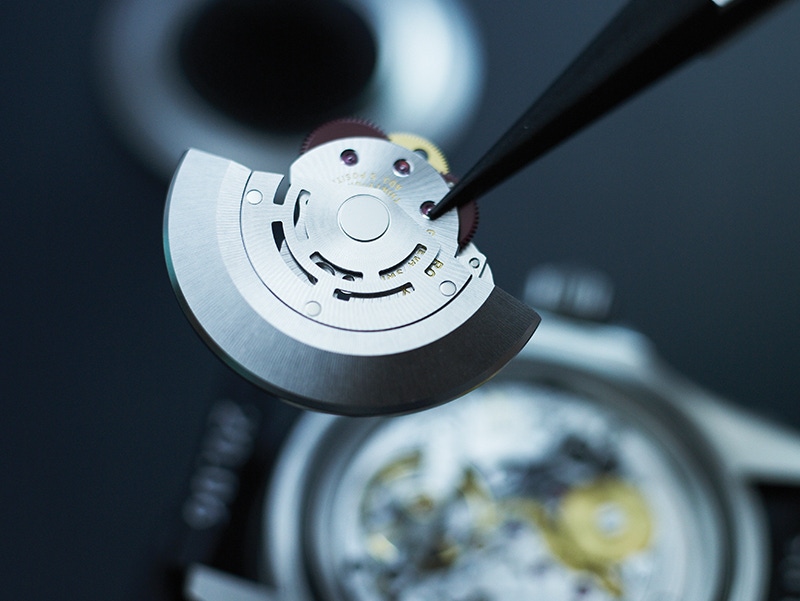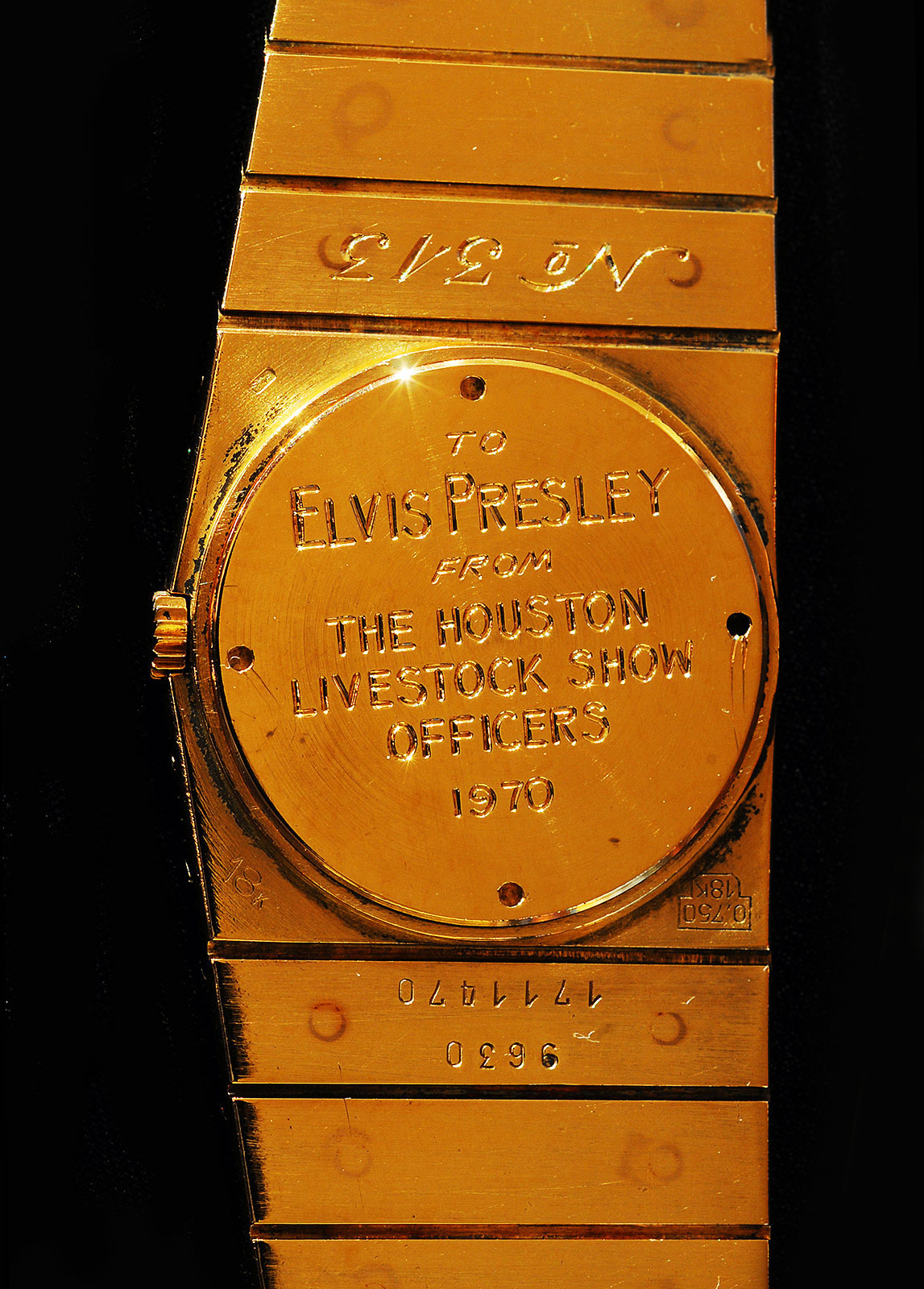The Rolex No-Date Submariner - Seven Decades of a Classic
The Rolex Submariner has been an institution in its own right since 1953. An icon of both horology and style, the new era of the Submariner was welcomed in 2020.

There are dozens of waterproof dive watches available on the market and there has been since the early 1950s. However, if you asked 100 people to name a diver’s watch I’m pretty sure that 90-plus of those asked would name the Rolex Submariner. Much more than a tool watch, the Submariner has become an icon of both horology and style. With or without a date, it’s a timeless classic that Rolex has slowly and gently revised over the years, but is still as true to its DNA today as it was nearly 70 years ago. And last year Rolex gave the line a tweak to include modifications to its case, movement and bracelet. So let’s take a look back at the Submariner’s roots as a timeless icon of style.
The first and most obvious aspect of the Sub is the kaizan-esque way that Rolex have guided the model on its journey since 1953. Hold up an example of the original Sub from 1953 next to the latest iteration of the no-date watch and whilst the lines may be a little different and the dial execution more technical on the modern example, the layout and look are essentially unchanged. Going over to a musical example for one minute, think about Slash. Sure, he’s played Fender guitars and even a BC Rich Mockingbird but it’s the Gibson Les Paul, another timeless design, that he loves and that he’ll be remembered for. Also consider the Porsche 911. Again, this car’s modern production model is still very true to its roots. As the saying goes - if it ain’t broke, don’t fix it!

The 1953 Rolex Submariner. 
In 1927, Mercedes Gleitze crossed the English channel wearing a waterproof Rolex Oyster around her neck. This advertising played a key role in Rolex’s journey to being the most well-known watch brand on the planet. 
Rolex-Submariner reference 6204 was the very first dive watch to be rated to a depth of 100 metres. The watch had a highly legible dial layout, with hands that like the painted hour hands were filled with Radium. (Image: Antiquorum) 
The evolution of the Rolex Submariner. 
Rolex Submariner reference 6538 (Image: Antiquorum) 
The reference 5513 was introduced in the early 1960s and was fitted with the 1530 movement. 
Powered by Rolex Calibre calibre 3130, this pristine example of reference 14060 can be checked out at the Revolution Watch Bar in Singapore (© Revolution) 
The 14060 is regarded as the last no-date Sub with the classic Oyster case, before Rolex redesigned the watch. We have this rare find available at our Watch Bar (© Revolution) 
The Rolex No-Date Submariner 
The Rolex No-Date Submariner













